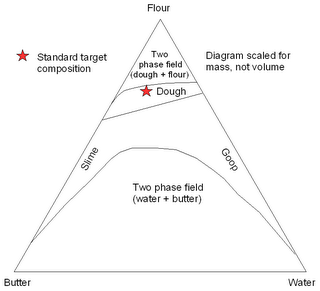A match made in heaven
I read a couple of interesting articles on the web last week, but didn’t see how they relate to each other until just now.
The first was an article by the New York Times, describing how Mythbusters is the best science show on television. I happen to agree with this sentiment. If fact, I know of no other TV show that demonstrates how to test and refine a hypothesis as well.
The second article was a blog at Arms Control Wonk about how a nuclear weapon could be built from surplus military equipment (and a whole pile of Uranium). What really caught my notice here was the number of people who commented on whether the method described would work, and how it could be improved.
Now, I don’t entirely understand the temptation to post recipes for nuclear weapons on the internet- I’ve personally never uploaded instructions for creating anything more dangerous than a chocolate chip cookie. But my scientifically trained eye did notice that this wide variety of opinions and unsubstantiated prognostication did indicate a glaring shortfall: The lack of experimental data. And that’s where Mythbusters comes in.
Adam and Jamie are the masters of refuting bombastic urban legends through experimentation. So instead of polluting the internet with untested ideas, perhaps we should just give the Mythbusters the following hypothesis:
Myth: Shooting two bits of highly enriched uranium together will cause a nuclear explosion
It would be a win-win episode. If the myth us busted, then we could all breathe easier at night, knowing that nuclear terrorism is more difficult than it appears.
If the myth is partially confirmed- say, by a North Korean-style fizzle that irradiates all of Petaluma, then we can emphasize the unpredictability and danger of playing with critical masses of fissile material.
And finally, if the myth is confirmed by vaporizing the entire San Francisco metropolitan area, then at least we have the sort of visual spectacle that is appropriate for a season finale. Such a prospect might even appeal to the ultra-conservative Republican base, a community that could use a bit of extra scientific education.
If it's a hit, we could even follow it up with a test of some similar myths. For example:
Myth: Anthrax can be passed through the mail.
Myth: Most of today's population has lost resistance to small pox.
and finally
Myth: A large scale nuclear war will offset global warming with nuclear winter.




